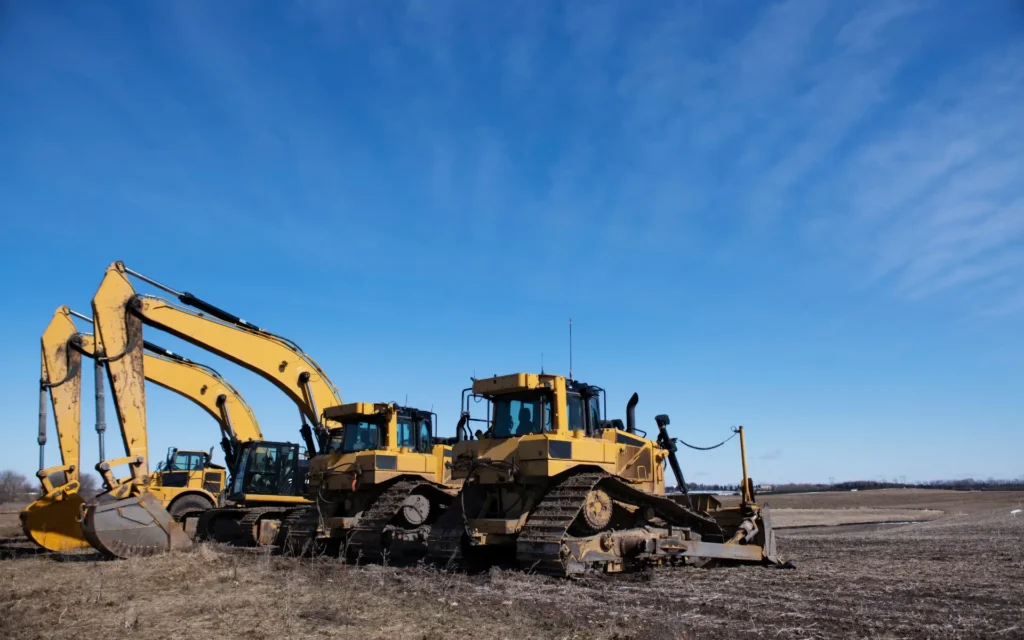
When it comes to constructing a strong and durable building, the choice of foundation is critical. Piling is often the preferred method for deep foundations, but how does it compare to other foundation solutions? Let’s explore why piling is superior to alternatives like shallow foundations or raft foundations.
What is a Shallow Foundation?
- Shallow foundations, as the name suggests, are placed near the surface and are typically used for smaller structures. These foundations rely on the soil’s surface layers for support, which can be problematic if the soil is weak or prone to movement.
What is a Raft Foundation?
- A raft foundation involves spreading the load of a building over a large area, much like a floating raft. While this method is more suitable for larger structures, it can still fail in cases of weak or unstable soil.
Why Piling is the Better Choice
- Deeper Support for Larger Structures
- Unlike shallow and raft foundations, which rely on surface-level soil, piling extends deep into the ground to reach stable layers. This is particularly crucial for tall, heavy buildings where surface soil cannot provide sufficient support.
- Adaptable to All Soil Types
- One of the major advantages of piling is its versatility. Piling can be adapted to various soil conditions, including weak, waterlogged, or expansive soils. By reaching down to more stable layers, piles provide a stronger and more reliable foundation, regardless of the soil at the surface.
- Minimizes Settlement
- Shallow foundations and raft foundations are more prone to uneven settlement, which can lead to cracks and structural issues over time. Piling, on the other hand, distributes the load deep into the ground, minimizing movement and reducing the risk of settlement.
- Supports Heavier Loads
- Piles are designed to handle the weight of massive structures like skyscrapers, bridges, and industrial facilities. While shallow foundations may work for smaller buildings, they simply aren’t suitable for larger projects with significant loads.
- Suitable for Challenging Sites
- Piling is often the best solution for construction on challenging sites, such as areas near water or on steep slopes. Shallow foundations may not provide adequate support in such environments, while piling offers stability even in difficult conditions.
Environmental Impact of Piling
- Modern piling techniques are designed to minimize environmental impact. For example, driven piles can be installed with minimal disruption to surrounding areas, while bored piles reduce noise and vibration. This makes piling a more environmentally friendly option, especially for urban projects.
Conclusion
- When it comes to selecting the right foundation for your construction project, piling offers a superior solution in terms of stability, adaptability, and long-term performance. Whether you’re building on challenging soil or supporting a large structure, piling ensures that your foundation will stand the test of time.
If you’re unsure about the best foundation solution for your project, contact Piling Ltd. today. Our team of experts can provide a tailored piling solution that meets your specific needs and ensures the safety and stability of your building.

